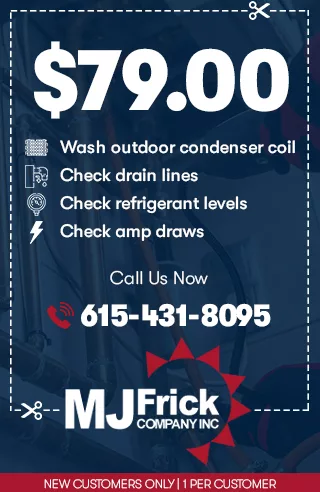Investing in environmental friendliness is appealing for any homeowner, but what are the actual requirements for geothermal systems?
Installing geothermal systems is a great step toward achieving environmental friendliness, but you might be wondering what it actually involves to get a system like that up and running.
Geothermal systems work from the basic principle that the ground temperature doesn’t fluctuate nearly as much as the above ground elements do. So drawing from that source is a safe bet that takes advantage of free energy. But in order for this to be a good fit for your home, you need to take a couple qualifying factors into account.
First of all, do you live someplace where the pipework can be realistically installed? Extremely cold temperatures will affect the permeability of the ground and might mean that pipes will need to be laid below a level of frost or ice. This doesn’t rule out the option, but it might be a little more work to get the geothermal system up and running.
Second, do you understand how a heat transfer system works? Geothermal HVAC doesn’t generate greenhouse gases and doesn’t use electricity except for pump or fan operations. In the summer it pulls heat from the house and circulates it through the cooler earth or aquifer piping. In the winter, the system takes heat from the ground and conditions water to the higher temperatures before funneling it back to the house.
This means the system is comprised of piping, a pump, and a fan. And these components are mostly out of sight, which translates into aesthetic appeal and space saving. Not to mention the financial relief of not relying on electricity for the majority of your HVAC utility costs.
Contact the pros at MJ Frick about the environmental friendliness of geothermal systems and other alternative HVAC solutions for your home or business.












